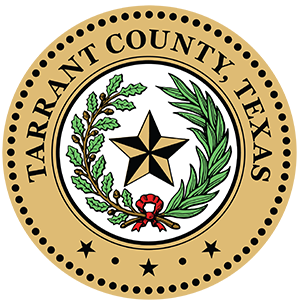Medical Examiner's and Coroner's Alert Program
The CPSC’s mission is “to protect the public against unreasonable risks of injuries and deaths associated with consumer products.” The first step in performing this mission is the identification of hazardous products. CPSC identifies such products primarily by reviewing injury and death reports from a variety of reporting sources in the United States, including a national hospital emergency department reporting system, death certificate data, news clips, fire department reports, reports received through a national toll-free telephone hotline for consumers, and perhaps most important of all, the medical examiner and coroner reporting network.
Reports on fatalities are the most valuable reports and most fatality reports come from one of two sources with the largest number of reports coming from the death certificate reporting system. Even though death certificates are received from all states, they cover a limited number of deaths, are often received long after the fatality occurred and frequently contain limited information on the products involved or incident details. With this inherent delay, the product has usually been discarded, recall of the incident details and product by witness or investigators has eroded, and most importantly, valuable time for implementing remedial strategies has been lost.
Medical examiners and coroners are the most valuable information source due to timely reporting of product-related fatalities before the product has been discarded and while the details of the incident and product use are still fresh. Prompt reporting also permits fast action by the Commission to remove hazardous products from the marketplace. Every reported case is screened to determine if there is a hazardous product involvement. Often, all it takes is one MECAP report to alert the CPSC to a hazardous product. Such was the case following the first report of an infant fatality occurring on an infant cushion. One medical examiner’s report led to the recall of millions of these cushions and a ban on their manufacture and sale. An initial report of a fatality involving a portable crib in the central US was followed by reports in other parts of the country and the product was recalled. The Commission was first alerted to the problem of infants drowning in five-gallon buckets by a MECAP report and as a result, the CPSC is working with bucket manufacturers on a national public information program. The safety standards and devices applied to chain saws were developed after Commission engineers and industry representatives studied the MECAP reports for chain-saw related deaths. Chain-saw related fatalities have decreased dramatically in the years since implementation of the new standards.
For further information regarding the MECAP program, please use the link provided below.

 TARRANT COUNTY, TX
TARRANT COUNTY, TX

 Medical Examiner
Medical Examiner